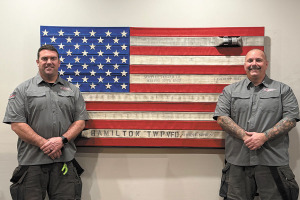
For pair of crafty firefighters, old hoses provide the spark for something special
Scott Carr and Robert Demlow started Brotherhood Designs by repurposing retired fire hoses into American flags and honoring the legacy of those who have served.

Scott Carr and Robert Demlow started Brotherhood Designs by repurposing retired fire hoses into American flags and honoring the legacy of those who have served.
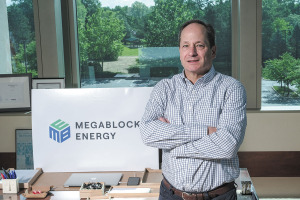
Longtime business partners Robert Laikin and Larry Paulson, who made their fortunes in the cellphone industry, are turning their sights to manufacturing high-density batteries for industrial uses.
Union leaders want promises from the Big Three automakers that their wave of new electric vehicle battery plants will fall under the UAW’s contract and that workers at those plants will make UAW assembly wages of $32 an hour.

Cummins focuses on both hydrogen-powered and battery electric products through its zero-emissions business unit, which does business as Accelera by Cummins. But hydrogen is emerging as the breakout star for the company.
A group of Black civil rights organizations is amping up its call for racial equity to be taken into account as state and city leaders decide where to place chargers needed to support the growing number of electric vehicles.
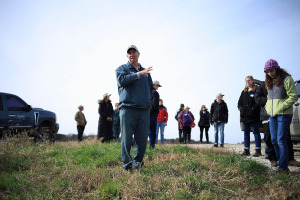
Fischer Farms will use the funds from the U.S. Department of Agriculture to expand its own environmentally friendly initiatives and help other farmers adopt regenerative farming practices.

The protein found in bugs—and their ability to gobble up organic waste—could be key to addressing worldwide concerns over food supplies, greenhouse gas emissions, and land and water utilization.

A Q&A with Reggie Henderson, president of Telamon Energy Systems, discusses the company’s newest endeavor.
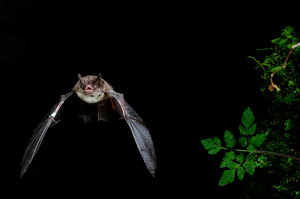
Generating electricity using gigantic wind turbines is a massive win for green energy. But the huge blades are deadly for migrating Indiana bats and northern long-eared bats.
In addition to helping eliminate risks to your operations, being a good environmental steward has many other benefits to businesses large and small. Having a successful environmental stewardship program can boost employee morale, enhance a company’s brand image, promote creativity and innovation among employees, increase community awareness of environmental stewardship and generate cost savings.
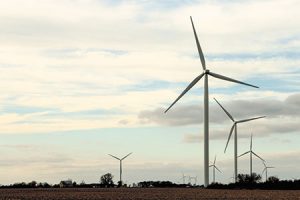
In the last decade, the wind industry in Indiana has boomed, driven largely by falling costs and rising demand by large customers and utilities for renewable energy.
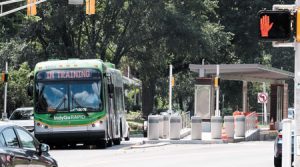
IndyGo has big expectations for the bus rapid transit route—including a 69% increase in ridership along the north-south corridor by this time next year.
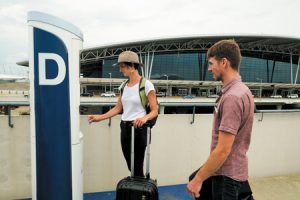
Blue Indy has yet to see a money-making year, and the company’s top Indianapolis official says he can’t predict when that will happen.
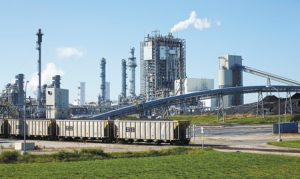
The utility says it wants to keep most of its coal-fired plants in Indiana running through much of the next decade, while gradually investing in wind, solar and other renewable energy sources.

The transit system has hit some speed bumps as it works to implement a new model of electric bus that will be its fleet for the Red Line, the rapid-transit route that begins service Labor Day weekend.
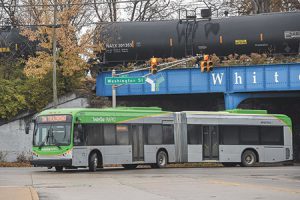
IndyGo and bus maker BYD Ltd. say they’re confident the electric buses Indianapolis plans to use for the Red Line will meet the system’s needs.
The company's straws are an alternative to plastic straws, which are being banned or restricted in some places. It said demand was skyrocketing for the product.
The plan calls for borrowing the money for the work, which would also add six city entryways welcoming visitors.
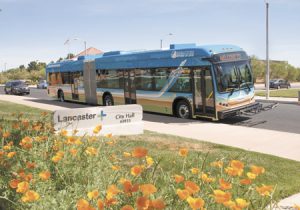
IndyGo is expected to back off plans to purchase electric buses this year to replace the mass-transit system’s older diesel fleet, saying electric-vehicle technology is not yet good enough to meet its needs.

The BlueIndy car-sharing program is facing a big challenge: How do you succeed when so many potential customers are unaware of, uninterested in, or even intimidated by what you’re trying to sell?